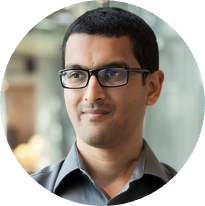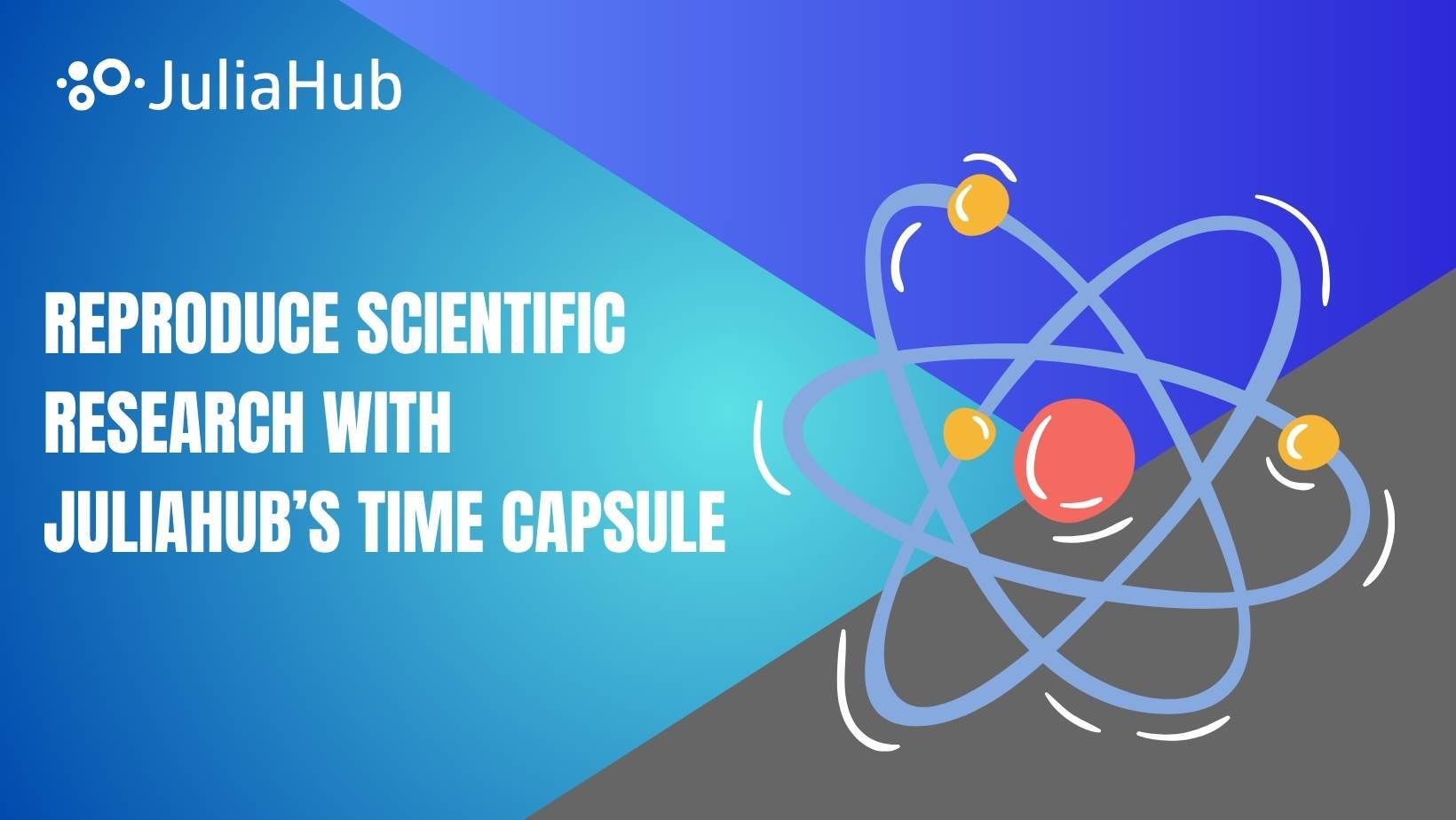Dr. Prith Banerjee on Challenges and Opportunities of Digital Twins at JuliaCon 2025
At JuliaCon 2025, held at Pittsburgh this year, engineers, researchers, and innovators gathered to explore how Julia is reshaping the future of technical computing. In one of the most anticipated sessions, Dr. Prith Banerjee, newly appointed to the executive leadership at Synopsys and former CTO at ANSYS, delivered a keynote that talked about the challenges and opportunities of Digital Twins and the role that Julia, JuliaHub and Dyad are playing in the next frontier of digital engineering.
Watch the keynote address here:
The Future of Digital Engineering
Dr. Banerjee started by talking about the acquisition of Ansys by Synopsys, the history of electronic design automation, and the shift to hardware software systems design. He laid out the story behind the merger, bringing together Synopsys’s leadership in electronic design automation and Ansys’s strength in system-level simulation — and explained why the future of engineering is silicon-to-system design. In that future, Julia and JuliaHub will play a critical role.
From there, he dove into the technical heart of his talk: what digital twins really are, why they matter to industries from aerospace to energy, and how hybrid approaches combining physics and data are driving the next wave of digital engineering.
Digital Twins: More Than Just Models
Dr. Banerjee explained what a digital twin really is: a living, dynamic digital replica of a physical asset, whether it’s an airplane engine, EV motor, or an entire industrial plant. Unlike static CAD files, digital twins evolve alongside their real-world counterparts.
“You start with a perfect CAD model, but in operations, the world gets messy. Digital twins let you predict and adapt.”
Integrating real-time data, digital twins can act like virtual sensors, empowering engineers to simulate and test performance without costly prototypes or physical trials. The focus isn’t just on modeling but on system-level simulation, validation, and even automated synthesis. And this is where JuliaHub stands out as a performance-driven, scalable solution.

The Paradigm Shift: From MATLAB to Julia
For decades, MATLAB and Simulink were the gold standard for system-level simulation. But Dr. Banerjee made it clear: Julia is catching up fast and maybe even overtaking.
The advantages are compelling:
- Compiled speed rivaling low-level languages
- Open-source flexibility for innovation and integration
- Unified workflows across simulation, data science, and AI
- Seamless fit with high-performance and cloud computing
“Thanks to the great work by Alan and the JuliaHub team... we’re looking to integrate with ANSYS TwinBuilder and build models that beat MATLAB, Modelica, and others.”
This endorsement from someone with Dr. Banerjee’s industry experience signals a shift in how large enterprises are thinking about engineering simulation at scale.
Automated Design Synthesis: AI Meets Simulation
One of the keynote's most futuristic ideas was automated design synthesis, not just simulating one option, but generating multiple optimal designs and letting simulations (powered by JuliaHub) compare them in parallel.
“Six EV architectures are generated, JuliaHub simulates them all, and the best one wins.”
By merging AI with high-fidelity simulation, Dr. Banerjee envisions a world where design decisions are accelerated, validated in real-time, and free from human bottlenecks. This approach bridges IT and OT (information technology and operational technology) and has the potential to slash time-to-market.
Hybrid Digital Twins: The Next Frontier
While acknowledging the value of pure data analytics, Dr. Banerjee made a strong case for hybrid digital twins. This approach will blend first-principles physics with machine learning, creating models that are both predictive and grounded in reality.
“This is the future of digital engineering — and it will literally be powered by JuliaHub.”
Dr. Banerjee had an important message for the Julia community. ”You're building the infrastructure for the next industrial revolution. JuliaHub is not a side project. It's a key enabler of global-scale change, from electric vehicles to smart factories to AI-designed hardware.”
Dr. Banerjee’s keynote concluded with an important call to action. "We are excited to work with JuliaHub and other companies in this area. And all of you in the audience."
And this isn’t about experimental projects tucked away in R&D labs, Dr. Banerjee highlighted real-world, silicon-to-system scale transformation. The message is clear: whether you’re building digital twins, solving PDEs, or designing AI-driven systems, the tools and ecosystem being built today will define the next industrial revolution.
Watch the full keynote address here.
About the Author

Dr. Viral B. Shah
Dr. Viral B. Shah is one of the creators of the Julia programming language and co-founder and CEO of JuliaHub. In 2019, Dr. Shah received the prestigious James H. Wilkinson Prize for Numerical Software. He is also one of the authors of Circuitscape, an open-source program that borrows algorithms from electronic circuit theory for ecological conservation. He received his PhD in the field of high performance computing at University of California, Santa Barbara.


